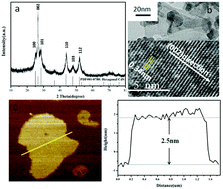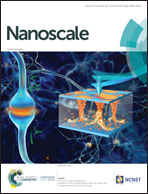Study on water splitting characteristics of CdS nanosheets driven by the coupling effect between photocatalysis and piezoelectricity†
Abstract
Ultrathin semiconductors have been proposed as an excellent platform to promote solar conversion due to their ultra-large specific surface area and unique surface structures. So far, the researchers designed and constructed some multi-component heterostructure photocatalysts, but they are still unable to avoid the recombination of photoexcited electron–hole pairs. This study introduces a built-in electric field in a one-component nanosheet to promote photo-generated carrier separation. For this reason, CdS nanosheets with both photocatalytic and piezoelectric properties were selected as research objects. The combination of these two properties renders CdS an excellent candidate for efficiently utilizing both light and vibrational energy for photocatalytic water splitting, without the need for coupling it to other materials or using an external bias. The result shows that the photocatalytic and piezoelectric coupling effect of CdS can make hydrogen production reach 633 μL h−1, which was more than twice the superposition of light and vibration. The development of this coupling effect contributes to the application of green energies, such as the use of natural sunlight and noise or vibration.



 Please wait while we load your content...
Please wait while we load your content...